Weaving Your Brand Messaging into Sales Copy That Converts
Crafting sales copy that resonates with your audience requires more than just persuasive language. You need to embed your brand messaging throughout the content, ensuring it reflects your identity, builds trust, and connects emotionally with readers. For marketers and businesses alike, sales copywriting is not just about pushing products—it’s about communicating values, tone, and personality through every sentence.
To truly capture attention, your copy must maintain a consistent brand voice, speak to your customer’s emotions, and reflect exactly how to align brand message with copy that drives action. This article offers a clear roadmap to integrate messaging into your sales strategy without sounding forced or generic.

Why Brand Messaging Matters in Sales Copy
Your brand messaging is the core of how your company communicates with the world. When incorporated correctly into your sales copywriting, it:
- Builds credibility and trust.
- Sets you apart from competitors.
- Creates emotional engagement with your audience.
- Supports a seamless buyer journey from awareness to conversion.
When there’s a disconnect between messaging and sales content, it leads to confusion and friction—something no customer wants when making a buying decision.
Understanding Your Brand Voice
Before writing a single line of sales copy, revisit your brand’s tone, values, and voice. Whether your brand is fun and quirky or formal and authoritative, maintaining a consistent brand voice is essential to making your content recognizable and memorable.
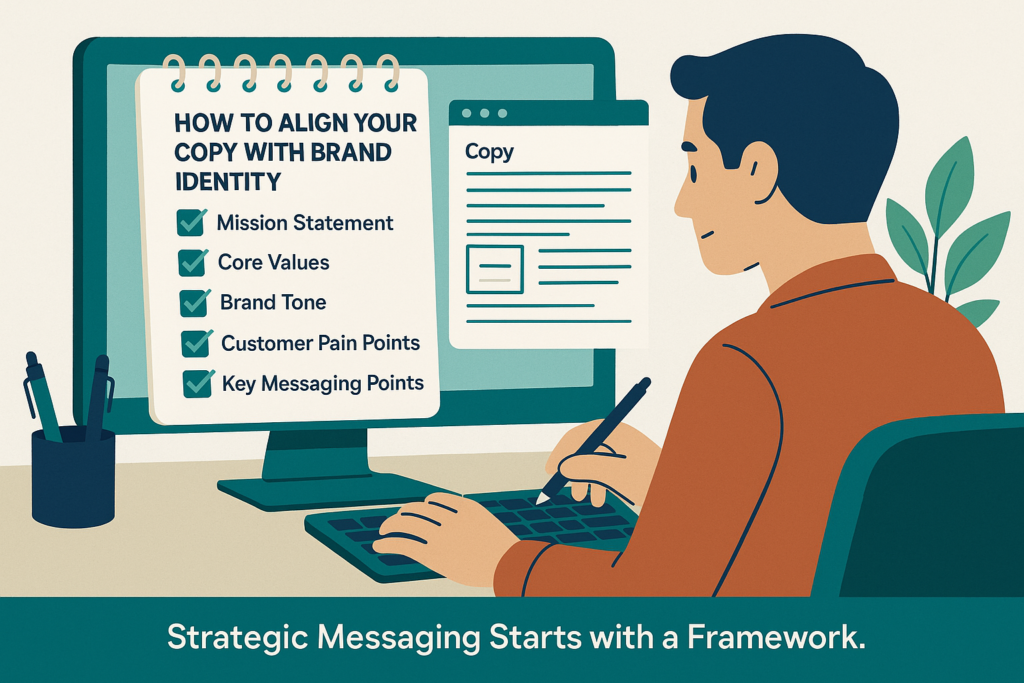
Ask yourself:
- What are your core brand values?
- What personality traits does your brand express?
- Is your tone aligned across all touchpoints?
By answering these, you’ll create a foundation that allows sales copywriting to feel authentic rather than mechanical.
Emotional Connection: The Secret Sauce
One of the most powerful tools in writing persuasive sales copy is forging an emotional connection in marketing. Emotion drives decisions. If your copy can make someone feel understood, inspired, or excited, you’ve won half the battle.
Examples of emotional drivers include:
- Belonging (“Join a community of creators”)
- Aspiration (“Level up your career with expert strategies”)
- Relief (“No more time wasted on outdated tools”)
Tapping into these elements not only strengthens your brand messaging but makes your offer irresistible.
How to Align Brand Message with Copy
Let’s break down how to align brand message with copy in a way that is natural, effective, and scalable.
1. Know Your Audience Intimately
Understand their goals, pain points, and motivations. This ensures your messaging speaks directly to what matters most to them.
2. Keep a Messaging Framework
Document your mission, value propositions, taglines, and tone guidelines. Use this as your filter for all copy decisions.
3. Embed Key Messages Early and Often
Don’t wait until the end to introduce your brand values. Highlight them from the first headline to the final CTA.
4. Use Visual and Language Cues Consistently
Colors, typography, and word choice should align. Don’t let design and copy tell two different stories.
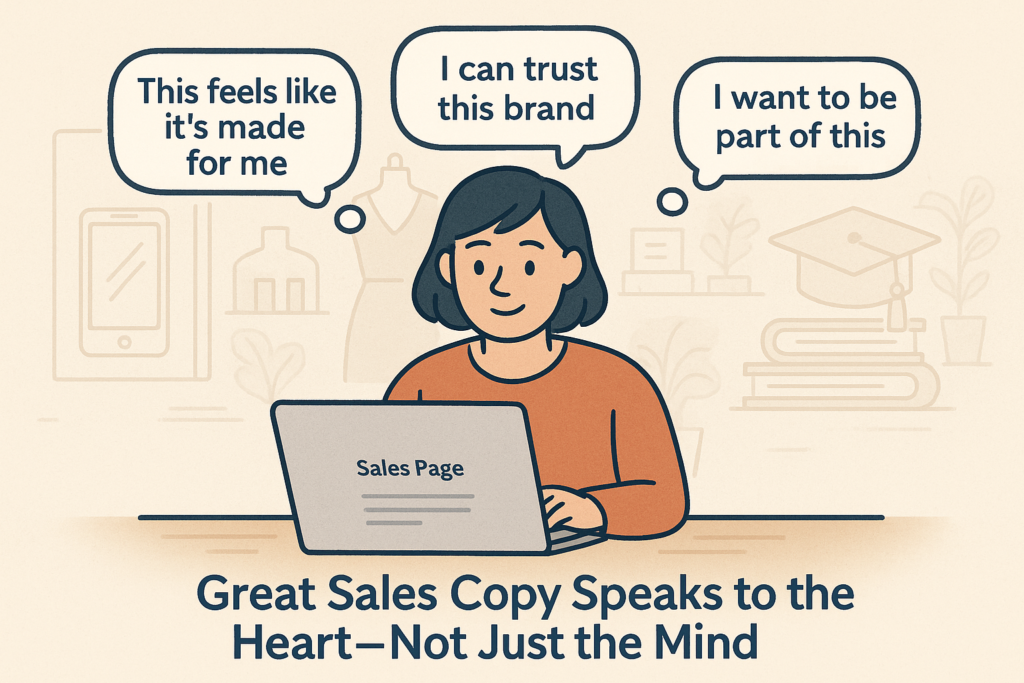
Real-World Application: Turning Theory into Action
It’s easy to say “integrate your messaging,” but how do you do it in practice?
- In your product descriptions: reinforce your mission or promise.
- In your email campaigns: use tone and language consistent with your website.
- In landing pages: begin with a customer pain point and solve it using your unique value.
By combining clear messaging with persuasive structure, you’ll create sales copywriting that doesn’t just sell—but also builds lasting relationships.
Avoiding Pitfalls
Here are some common mistakes that dilute brand messaging in sales content:
- Overusing generic buzzwords that don’t reflect your voice.
- Copy that sounds robotic or overly salesy.
- Inconsistent tone across platforms.
- Ignoring the emotional needs of your audience.
If you want to avoid SEO pitfalls too—like keyword overlap—check out our article on Avoiding Keyword Cannibalization: Smart SEO Strategies for Better Rankings.
Final Thoughts
Your brand’s voice isn’t just a marketing tool—it’s a strategic asset. By weaving brand messaging into every line of your sales copywriting, you build stronger emotional ties, improve conversion rates, and create a clear, memorable identity. With thoughtful alignment and consistent tone, your copy becomes a reflection of what your brand stands for.
Need help developing messaging that aligns across platforms? The experts at Webie specialize in crafting consistent brand experiences. Explore more marketing insights and content strategy tools at BozzaBench.





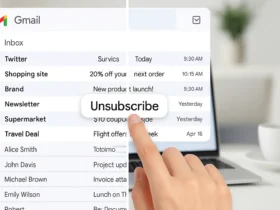









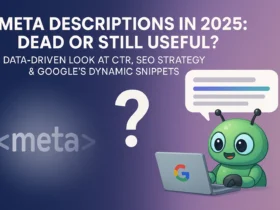







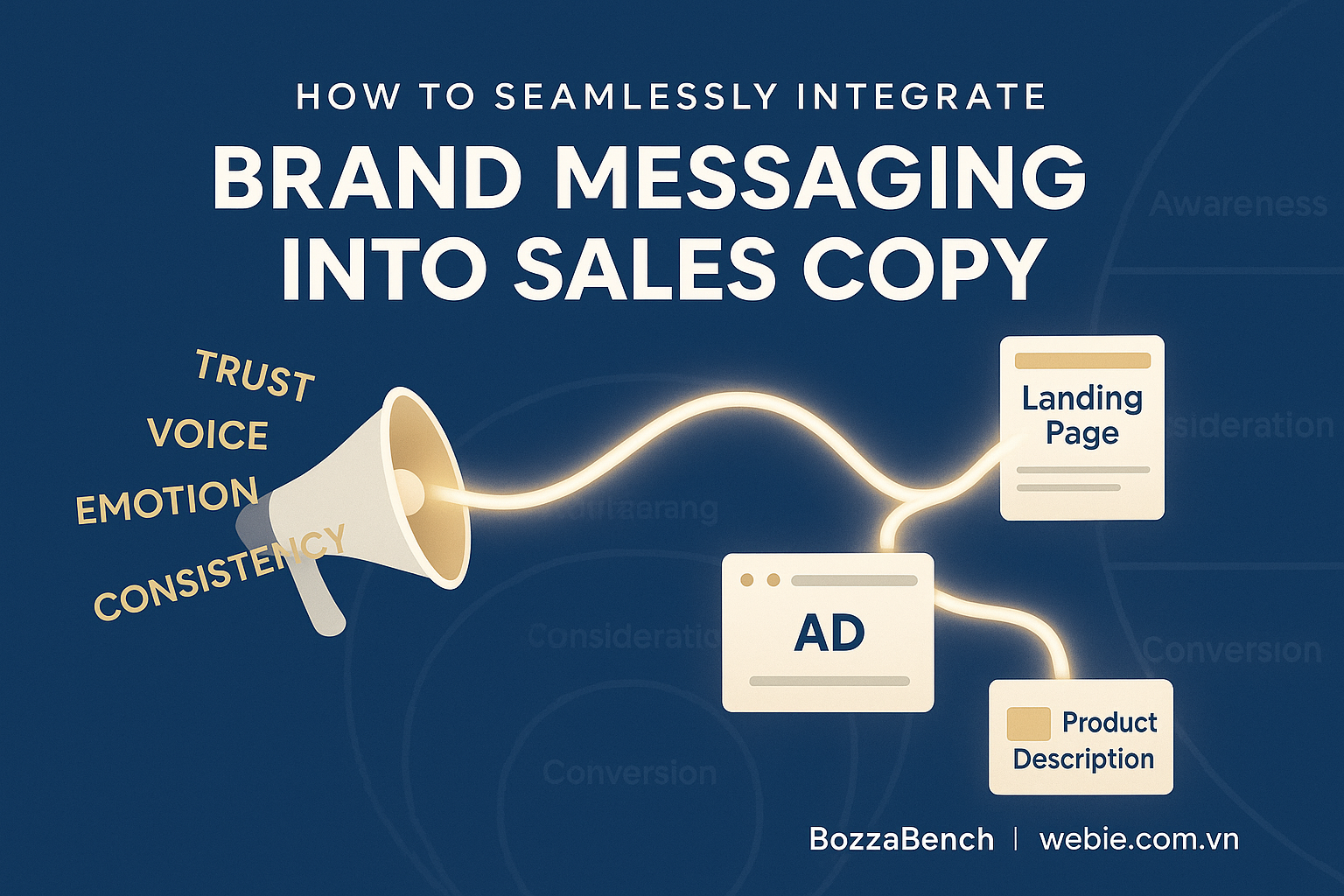

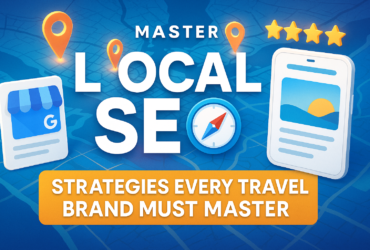

Leave a Reply